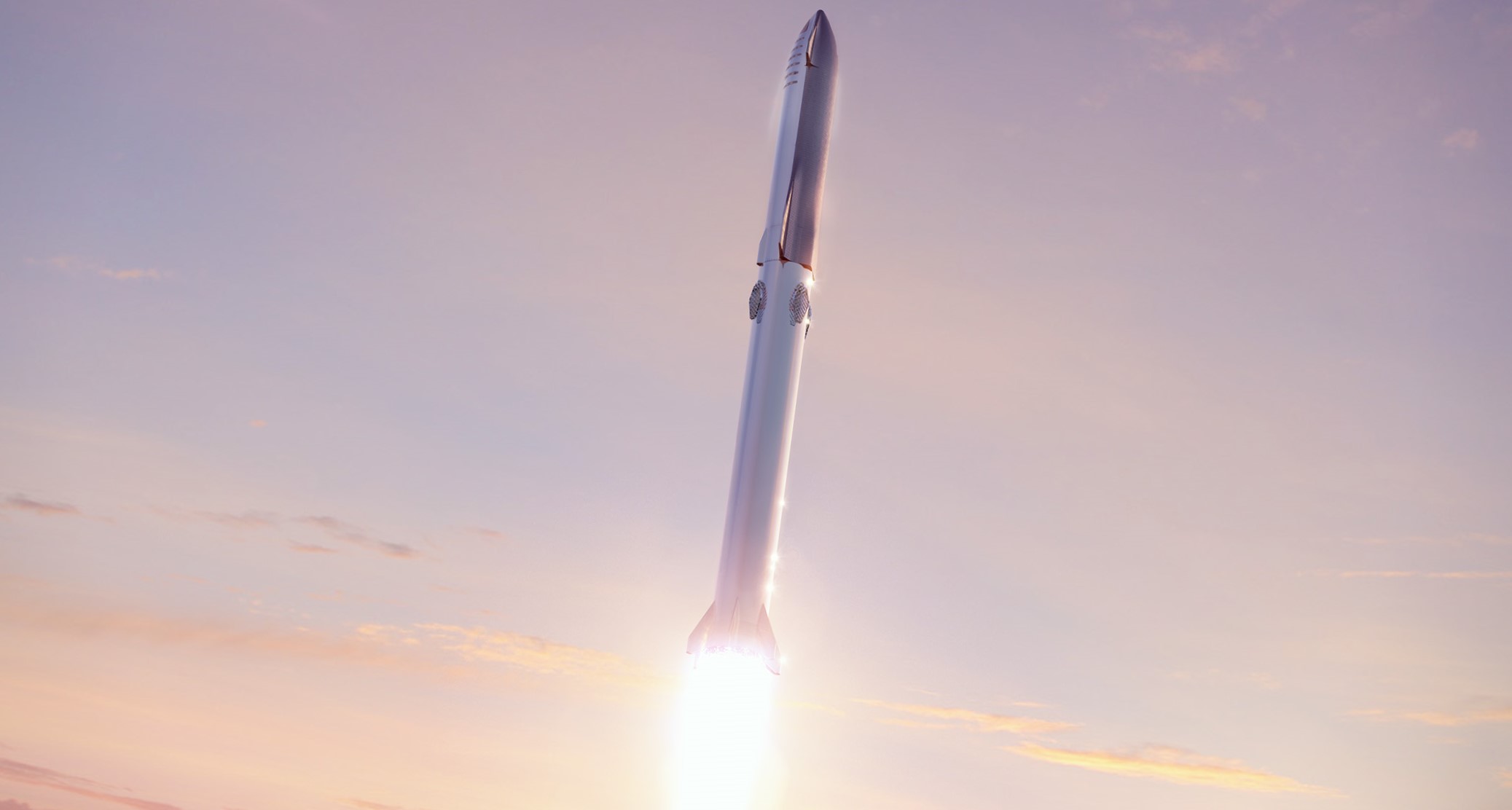

News
SpaceX to replace Falcon 9’s titanium grid fins with steel on Starship’s Super Heavy booster
Following a question on Twitter about how SpaceX intends to manufacture the truly massive grid fins shown in renders of Starship’s Super Heavy booster, CEO Elon Musk revealed that SpaceX will build them out of welded steel.
For the first several years of Falcon 9 and Falcon Heavy booster recovery operations, SpaceX built grid fins – used for maneuvering the rockets at high speeds – out of aluminum. With Falcon 9 Block 5, aluminum grid fins were phased out entirely in favor of larger titanium fins, necessitated by exceptionally high-speed reentries that nearly melted through the aluminum fins on several occasions. Now, SpaceX wants to move from titanium to steel fins for its next-generation Starship launch vehicle.
Welded steel— Elon Musk (@elonmusk) October 3, 2019
In response to the Twitter user’s question, Musk simply stated that Super Heavy’s grid fins would be manufactured out of “welded steel”, certainly keeping with the CEO’s now well-known love for the material. In October 2018, Musk finally managed to convince most of the senior engineers reporting to him that – despite years of work and full-scale testing – SpaceX needed to radically redesign Starship.
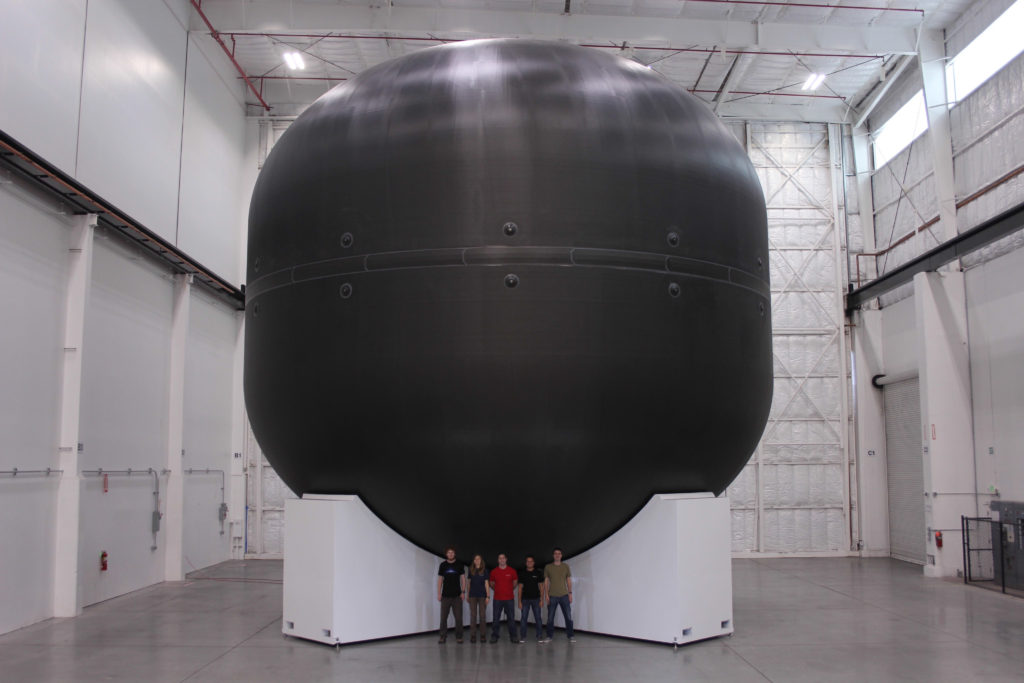
Prior to this radical change, SpaceX had spent at least 2-3 years on a Starship design (formerly Big F_____ Spaceship; BFS) made almost entirely out of carbon fiber composites, an extremely lightweight material that can be optimized for high strength. However, as Musk ultimately concluded in late 2018, although carbon composites are undeniably light and strong (optimal for spaceflight), they have extremely low heat tolerance and can react violently with supercooled liquid oxygen. Built almost entirely out of aluminum alloys with similarly low melting points, Falcon 9 has also struggled with the challenges posed by material choices, made far more difficult by the need to recover and reuse orbital-class rocket stages.
Musk ultimately decided that redesigning Starship with steel (alloys with particularly high melting points and good strength) was the right way to go. According to Musk, the high-quality carbon fiber composites SpaceX was originally pursuing cost something like $130,000 per metric ton, translating to a truly gobsmacking cost – accounting for unavoidable wastage – of $400M-$500M or more just to buy the materials needed to build a single Starship and Super Heavy booster. Steel, on the other hand, is quite literally 50 times cheaper, costing SpaceX around $2500 per ton, or as little as $10M in structural materials for each ship/booster pair.
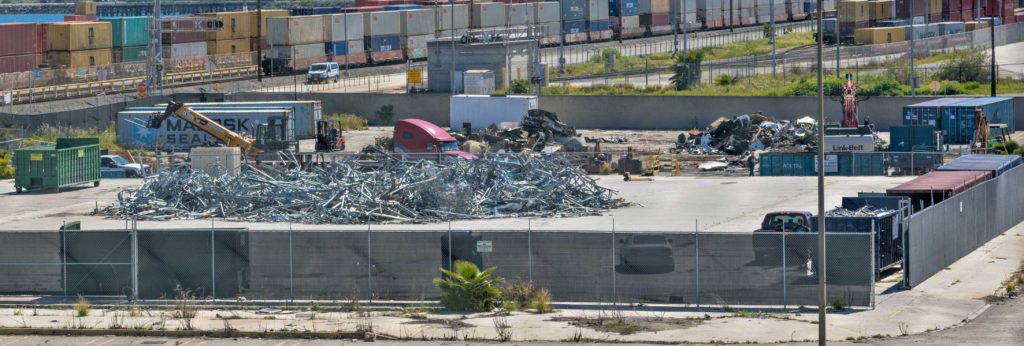
Man of Stainless Steel
Speaking at a September 28th presentation on the 2019 status of Starship’s design, CEO Elon Musk couldn’t praise his decision to move to stainless steel enough, describing it as likely being the single best design decision he has ever made. It remains to be seen if the eccentric self-taught engineer’s decision was the correct one, but the progress SpaceX has made in just 10-11 months is undeniable. SpaceX has gone from a nearly blank slate to Starhopper’s 150m (500ft) test flight in ~6 months and gone from nothing to Starship Mk1 in another 6 or so months.
According to Musk, the properties of stainless steel – mainly a high melting point/working temperature and a tendency to strengthen at cryogenic temperatures – mean that the relatively heavy material is able to produce a launch vehicle that could eventually be far lighter and higher-performance than one made with carbon composites (BFR) or aluminum alloys (Falcon 9). Thanks to those properties, Starship/Super Heavy will become much stronger when filled with cold propellant and will also require little to no external heat shielding on its leeward half, whereas a reusable Al/composite rocket would require major thermal protection on nearly all exposed surfaces.
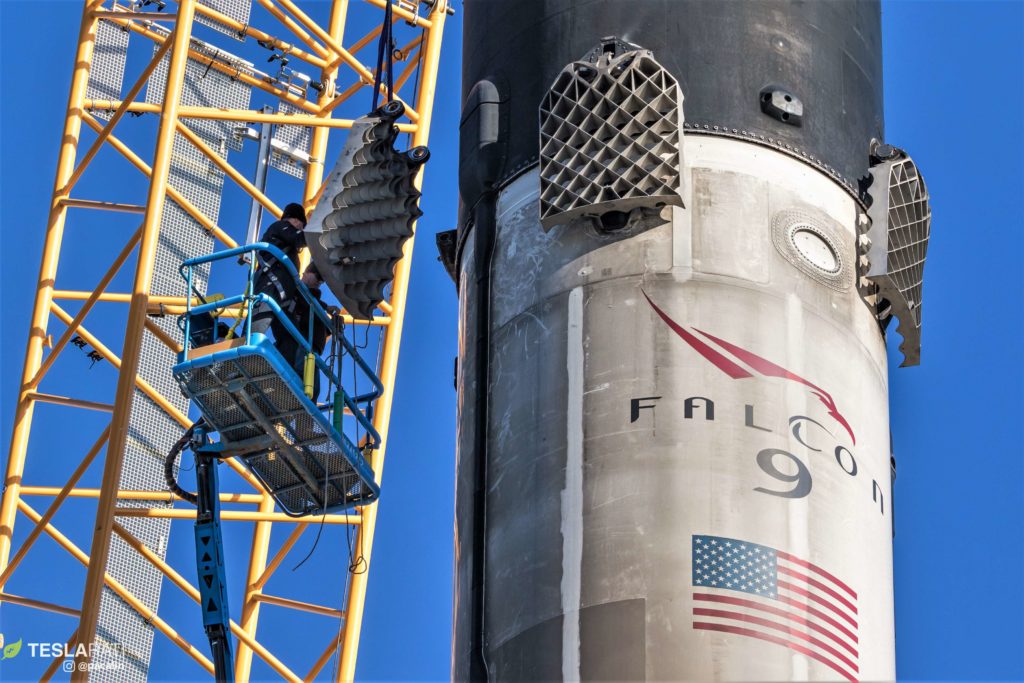
As part of the move to remove any ultra-expensive nonessential materials from the designs of Starship and Super Heavy, Musk has apparently also turned his gaze on the booster’s grid fins. As described at the top of this article, SpaceX replaced Falcon 9’s aluminum grid fins with titanium fins, requiring the company to create the largest single-piece titanium casting in the world. Musk has repeatedly indicated that each grid fin is extremely expensive.
In light of their expense, Musk (or SpaceX) has seemingly decided that future (larger?) SpaceX rockets will try to avoid large, titanium castings. Super Heavy nevertheless still needs massive grid fins: official renders published by SpaceX last month revealed a new diamond shape for the booster’s fins, and Musk later took to Twitter to reveal that they would be made out of welded steel instead of titanium.
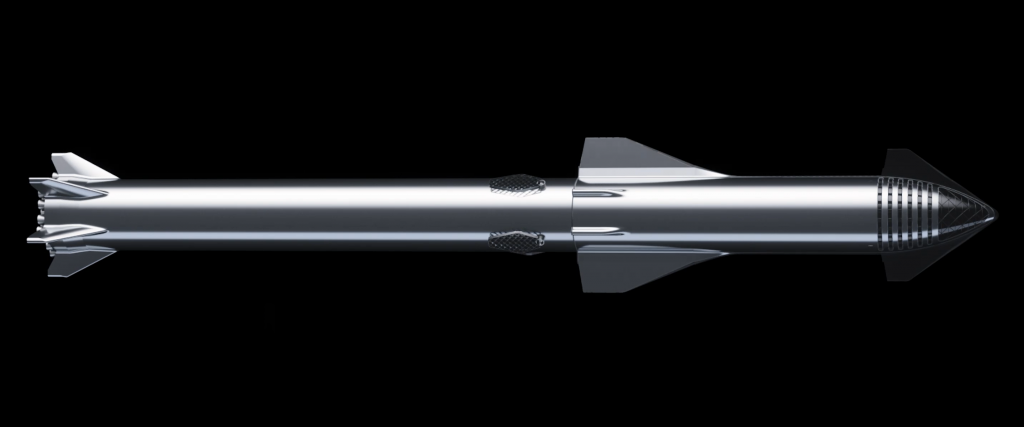
Based on SpaceX’s official 2019 Super Heavy renders, the booster’s grid fins measure approximately 7m by 3m (23 ft by 10 ft), dwarfing Falcon 9’s titanium fins (perhaps 2m by 1.2m) with something like 8-10 times the surface area. Although 301-series stainless steel has a melting point and heat capacity roughly 15% lower than Grade 5 titanium, its strength characteristics are otherwise similar, while also remaining mechanically functional at almost three times the working temperature of titanium (840C vs. 330C).
Most importantly, not only is 301 steel roughly 15-20 times cheaper than titanium, but the process of fabricating large steel components – particularly with welding instead of casting – is dramatically faster, easier, and cheaper than working with and forming titanium. With their reasonably similar properties and the increased size of Super Heavy, it’s likely that steel grid fins would exhibit little to no ablation during even the hottest atmospheric reentries, and it would nevertheless be extremely easy and cheap to either repair or replace fins in the unlikely event of damage.
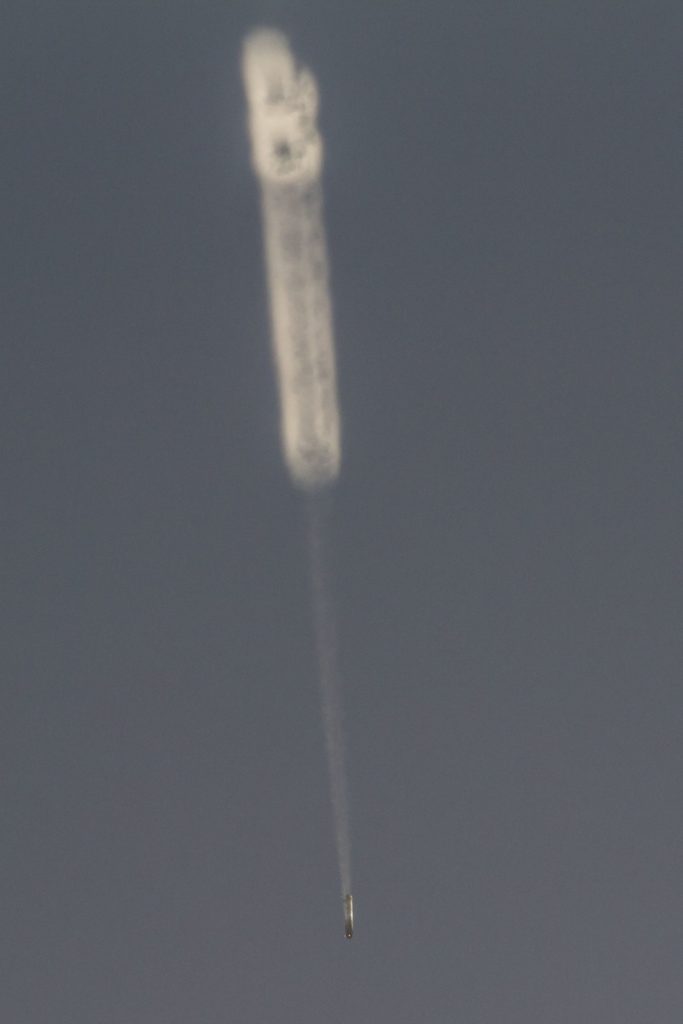
Given just how quickly and relatively easily SpaceX has built full-scale flight hardware out of steel and assuming there are no technical showstoppers caused by changing scales, it wouldn’t be surprising in the slightest to see SpaceX fabricate and test welded steel grid fins on Falcon 9 boosters in the near future.
Check out Teslarati’s Marketplace! We offer Tesla accessories, including for the Tesla Cybertruck and Tesla Model 3.
News
Tesla China breaks 8-month slump by selling 71,599 vehicles wholesale in June
Tesla China’s June numbers were released by the China Passenger Car Association (CPCA) on Tuesday.
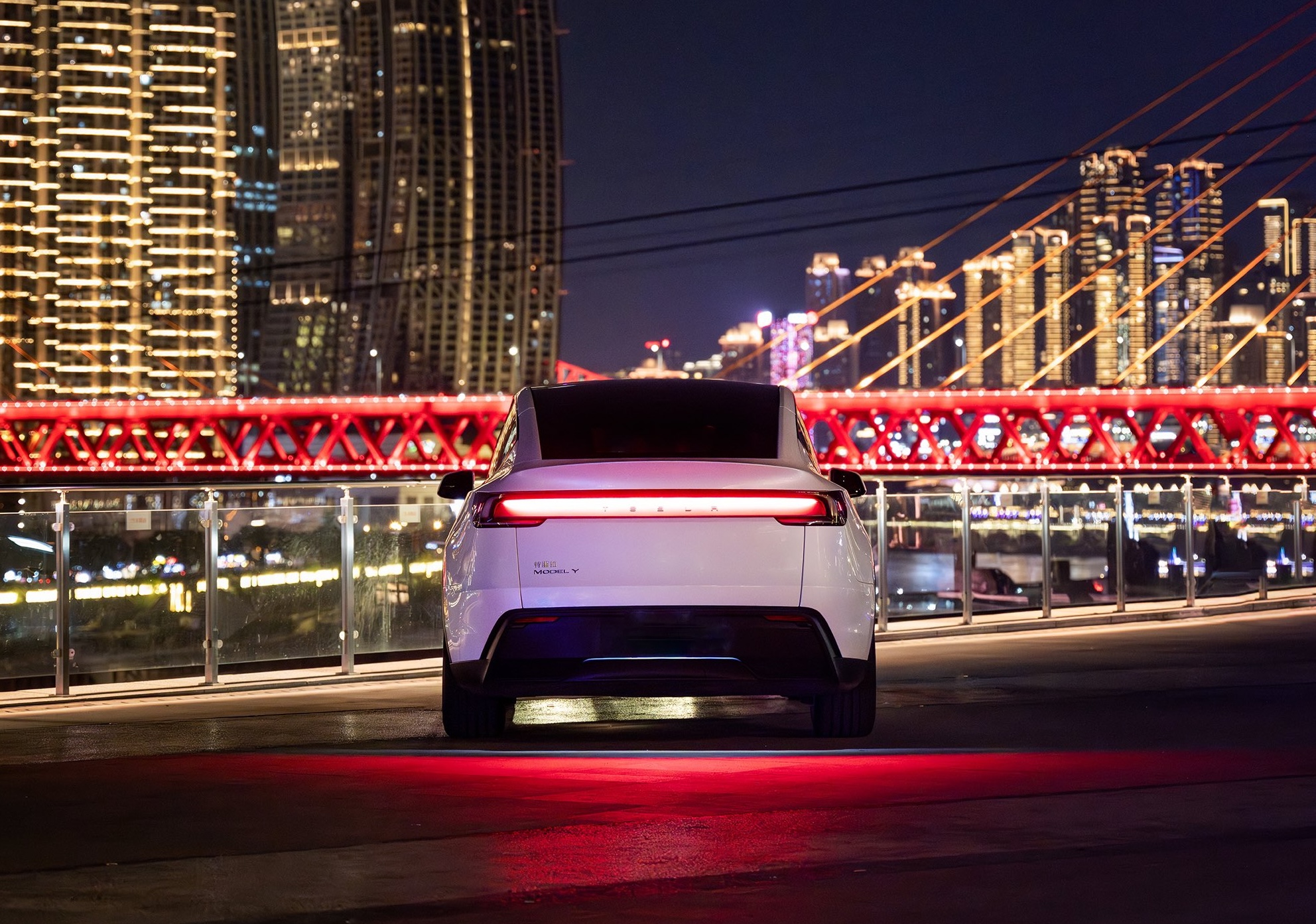
Tesla China was able to sell 71,599 vehicles wholesale in June 2025, reversing eight consecutive months of year-over-year declines. The figure marks a 0.83% increase from the 71,599 vehicles sold wholesale in June 2024 and a 16.1% jump compared to the 61,662 vehicles sold wholesale in May.
Tesla China’s June numbers were released by the China Passenger Car Association (CPCA) on Tuesday.
Tesla China’s June results in focus
Tesla produces both the Model 3 and Model Y at its Shanghai Gigafactory, which serves as the company’s primary vehicle export hub. Earlier this year, Tesla initiated a changeover for its best-selling vehicle, the Model Y, resulting in a drop in vehicle sales during the first and second quarters.
Tesla’s second-quarter China sales totaled 191,720 units including exports. While these numbers represent a 6.8% year-over-year decline for Tesla China, Q2 did show sequential improvement, rising about 11% from Q1 2025, as noted in a CNEV Post report.
For the first half of the year, Tesla sold 364,474 vehicles wholesale. This represents a 14.6% drop compared to the 426,623 units sold wholesale in the first half of 2024.
China’s competitive local EV market
Tesla’s position in China is notable, especially as the new Model Y is gaining ground in the country’s BEV segment. That being said, Tesla is also facing competition from impressive local brands such as Xiaomi, whose new YU7 electric SUV is larger and more affordable than the Model Y.
The momentum of the YU7 is impressive, as the vehicle was able to secure 200,000 firm orders within three minutes and over 240,000 locked-in orders within 18 hours. Xiaomi’s previous model, the SU7 electric sedan, which is aimed at the Tesla Model 3, also remains popular, with June deliveries surpassing 25,000 units for the ninth straight month.
While China’s EV market is getting more competitive, Tesla’s new Model Y is also ramping its production and deliveries. Needless to say, Tesla China’s results for the remaining two quarters of 2025 will be very interesting.
Elon Musk
Tesla reveals it is using AI to make factories more sustainable: here’s how
Tesla is using AI in its Gigafactory Nevada factory to improve HVAC efficiency.

Tesla has revealed in its Extended Impact Report for 2024 that it is using Artificial Intelligence (AI) to enable its factories to be more sustainable. One example it used was its achievement of managing “the majority of the HVAC infrastructure at Gigafactory Nevada is now AI-controlled” last year.
In a commitment to becoming more efficient and making its production as eco-friendly as possible, Tesla has been working for years to find solutions to reduce energy consumption in its factories.
For example, in 2023, Tesla implemented optimization controls in the plastics and paint shops located at Gigafactory Texas, which increased the efficiency of natural gas consumption. Tesla plans to phase out natural gas use across its factories eventually, but for now, it prioritizes work to reduce emissions from that energy source specifically.
It also uses Hygrometric Control Logic for Air Handling Units at Giafactory Berlin, resulting in 17,000 MWh in energy savings each year. At Gigafactory Nevada, Tesla saves 9.5 GWh of energy through the use of N-Methylpyrrolidone refineries when extracting critical raw material.
Perhaps the most interesting way Tesla is conserving energy is through the use of AI at Gigafactory Nevada, as it describes its use of AI to reduce energy demand:
“In 2023, AI Control for HVAC was expanded from Nevada and Texas to now include our Berlin-Brandenburg and Fremont factories. AI Control policy enables HVAC systems within each factory to work together to process sensor data, model factory dynamics, and apply control actions that safely minimize the energy required to support production. In 2024, this system achieved two milestones: the majority of HVAC infrastructure at Gigafactory Nevada is now AI-controlled, reducing fan and thermal energy demand; and the AI algorithm was extended to manage entire chiller plants, creating a closed-loop control system that optimizes both chilled water consumption and the energy required for its generation, all while maintaining factory conditions.”
Tesla utilizes AI Control “primarily on systems that heat or cool critical factory production spaces and equipment.” AI Control communicates with the preexisting standard control logic of each system, and any issues can be resolved by quickly reverting back to standard control. There were none in 2024.
Tesla says that it is utilizing AI to drive impact at its factories, and it has proven to be a valuable tool in reducing energy consumption at one of its facilities.
Elon Musk
Tesla analysts believe Musk and Trump feud will pass
Tesla CEO Elon Musk and U.S. President Donald Trump’s feud shall pass, several bulls say.

Tesla analysts are breaking down the current feud between CEO Elon Musk and U.S. President Donald Trump, as the two continue to disagree on the “Big Beautiful Bill” and its impact on the country’s national debt.
Musk, who headed the Department of Government Efficiency (DOGE) under the Trump Administration, left his post in May. Soon thereafter, he and President Trump entered a very public and verbal disagreement, where things turned sour. They reconciled to an extent, and things seemed to be in the past.
However, the second disagreement between the two started on Monday, as Musk continued to push back on the “Big Beautiful Bill” that the Trump administration is attempting to sign into law. It would, by Musk’s estimation, increase spending and reverse the work DOGE did to trim the deficit.
Every member of Congress who campaigned on reducing government spending and then immediately voted for the biggest debt increase in history should hang their head in shame!
And they will lose their primary next year if it is the last thing I do on this Earth.
— Elon Musk (@elonmusk) June 30, 2025
President Trump has hinted that DOGE could be “the monster” that “eats Elon,” threatening to end the subsidies that SpaceX and Tesla receive. Musk has not been opposed to ending government subsidies for companies, including his own, as long as they are all abolished.
How Tesla could benefit from the ‘Big Beautiful Bill’ that axes EV subsidies
Despite this contentious back-and-forth between the two, analysts are sharing their opinions now, and a few of the more bullish Tesla observers are convinced that this feud will pass, Trump and Musk will resolve their differences as they have before, and things will return to normal.
ARK Invest’s Cathie Wood said this morning that the feud between Musk and Trump is another example of “this too shall pass:”
BREAKING: CATHIE WOOD SAYS — ELON AND TRUMP FEUD “WILL PASS” 👀 $TSLA
She remains bullish ! pic.twitter.com/w5rW2gfCkx
— TheSonOfWalkley (@TheSonOfWalkley) July 1, 2025
Additionally, Wedbush’s Dan Ives, in a note to investors this morning, said that the situation “will settle:”
“We believe this situation will settle and at the end of the day Musk needs Trump and Trump needs Musk given the AI Arms Race going on between the US and China. The jabs between Musk and Trump will continue as the Budget rolls through Congress but Tesla investors want Musk to focus on driving Tesla and stop this political angle…which has turned into a life of its own in a roller coaster ride since the November elections.”
Tesla shares are down about 5 percent at 3:10 p.m. on the East Coast.
-

 Elon Musk2 days ago
Elon Musk2 days agoTesla investors will be shocked by Jim Cramer’s latest assessment
-

 News7 days ago
News7 days agoTesla Robotaxi’s biggest challenge seems to be this one thing
-

 News2 weeks ago
News2 weeks agoTesla’s Grok integration will be more realistic with this cool feature
-

 Elon Musk2 weeks ago
Elon Musk2 weeks agoElon Musk slams Bloomberg’s shocking xAI cash burn claims
-

 News2 weeks ago
News2 weeks agoTesla China roars back with highest vehicle registrations this Q2 so far
-

 News2 weeks ago
News2 weeks agoTexas lawmakers urge Tesla to delay Austin robotaxi launch to September
-

 News2 weeks ago
News2 weeks agoTesla dominates Cars.com’s Made in America Index with clean sweep
-

 Elon Musk1 week ago
Elon Musk1 week agoFirst Look at Tesla’s Robotaxi App: features, design, and more




















